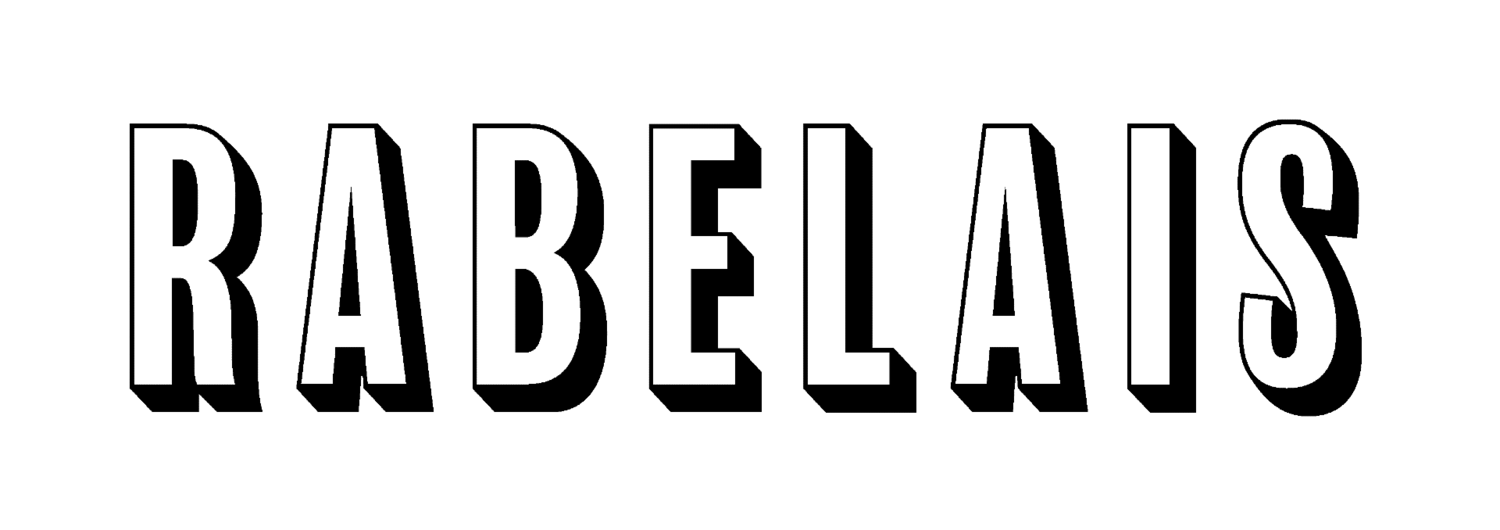ACMI: looking through the past to the future
‘Featuring ancient shadow puppets, Victorian-era magic lanterns, original cameras, iconic costumes, movie sets, sketches, clips and contemporary art, The Story of the Moving Image traverses time, countries and cultures in a mesmerising exploration of an art form that changed the world and illuminated our collective humanity’.
Australian Centre for the Moving Image
Earlier in March, Rabelais’ Chief Editors were invited to come to the Australian Centre for the Moving Image (ACMI) for their reopening exhibition after a $40 million dollar revamp.
The exhibition, The Story of the Moving Image, takes an interactive look at the past, present, and future of the moving image in its every conception. Introducing the ‘Lens’, ACMI has redesigned how we look at and interact with art and museum galleries.
Moving through the exhibition in a chronological order, the beginning of the exhibition looks at the very fundamentals of the moving image; the use of light, colour, and shadow to tell a story. I found ‘Pepper’s ghost effect, triangles, cyan and red’ by Taree Mackenzie, a physical work looking at a tried and true illusion technique, to be particularly interesting. So, using my ‘Lens’, a piece of round cardboard that uses an NFC tag, I pressed it against the glowing Lens symbol and saved that work to an online account that I can access later and read more about.
I can tell you I utilised it a lot, not only for the purposes of this article, but for my own personal pleasure. I sincerely wished something like this was available at other similar institutions because of its broad use – not only for studying students, but also for those who may wish to enjoy the gallery back in the comforts of their home, or even those that love to collect and read information. I know I personally have a habit of wanting to stand and read every placard, to the chagrin of those I am visiting with.
The Lens is recyclable and is a great alternative, to say, pamphlets, apps, or books, not only for its sustainability but its accessibility and ease of use. You get to pick and choose what you are interested in learning more about.
After winding my way through the beginning of the exhibition and being introduced to storytelling in places around the world, including right here at home in the Indigenous Australian canon, I found myself in the early period of Australian film and cinema. The gallery boasts a range of props and different displays to engage its audience, from touch screens and dioramas to colourful wall diagrams and interactive displays.
It is here Lewis and I and the rest of our companions spent a lot of our time; especially once we discovered the range of video games we could play just in the next section. Out of curiosity, I found myself moving ahead and meandered into a little corridor which lead to the Memory Garden. Here, a movement-sensitive projection plays into your hands when you cup them under the light, and a montage of people’s daily lives from around the world are played. I felt this incredible sense of nostalgia, bolstered by the soft music and ambient light, even though I had never experienced any of these memories myself.
With Lens in hand, the final part of the exhibition allows you to see and interact with what you have collected so far, on this interactive table that treats your collections like stars in the sky. I had collected some 17 pieces; I thought I had done well, only to find out there was some 200 to collect!
ACMI’s exhibitions are free to enter and encourage students to visit and use its facilities, like its new seating area adjacent to its store. We would absolutely recommend you check it out and support local culture.
Image: Adam Gibson. This image has not been modified.
